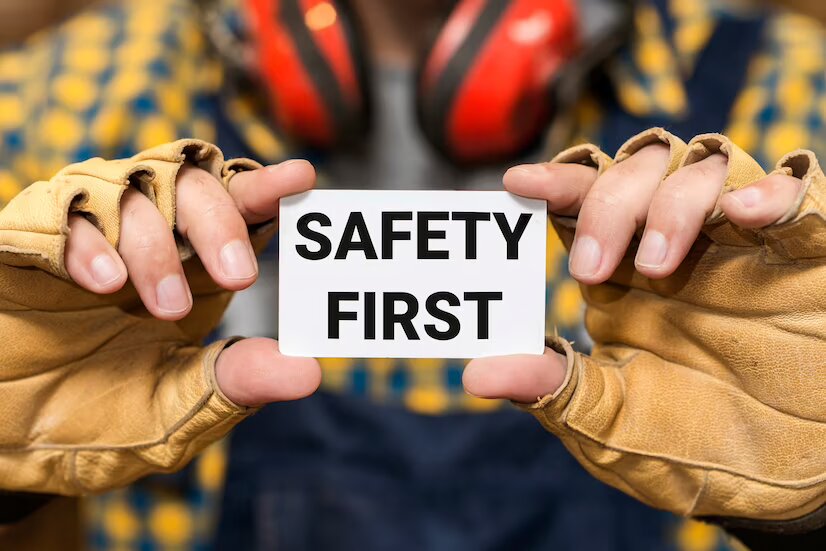Why Is Signage Important in Cities?

When you enter a city for the first time, you won’t need to look far to find signage.
Most of this signage includes wayfinding signs, which are directional signs that tell you where to go if you’re trying to find a particular place or area. For example, you’ll find wayfinding signs for entertainment facilities, shopping areas, high streets, public parks, and transport hubs.
There are various types of wayfinding signs, including identification, directional, regulatory, street, and subdivision signs. Cities should have all types of wayfinding signs to make navigation easy for all of the locals and tourists in the area.
Why Are Signs So Important in Cities?
Even though the creation of Google Maps and similar navigation apps has reduced the need for signage, directional signs are still essential. Some people don’t have smartphones, and drivers are unable to use their phones when behind the wheel. Signage makes navigation safe and accessible for everybody.
Here are some of the many reasons why signage is so important in cities.
Increased Public Safety

Signage prevents people from getting lost when they’re trying to find a new area or facility in the city. It keeps them on the right track, so they stay in the safest areas and avoid unfamiliar routes.
Wayfinding signs make tourists feel comfortable in new cities by guiding them to the right places. It eases unrest and enables visitors to stay safe at all times and avoid running into potentially dangerous situations.
It’s important for cities to research traffic patterns and busy pedestrian routes to decide where it is best to place wayfinding signs for maximum public safety.
Strengthens City Identity
Every city has its own identity, and signage is the perfect way to reinforce this identity. Wayfinding signs create consistency and build a cohesive-looking city that is aesthetically pleasing.
Local councils can invest in ‘branded’ signage that displays the city’s logo or has the city’s name on every sign. Every time a new visitor or tourist arrives in an area of the city, they’ll subconsciously take note of branded signage, and this further strengthens the city’s identity.
Promotes Local Businesses And Boosts The Local Economy
Cities rely on the success of local businesses to stay afloat. Businesses bring tourists and money to the city, so it’s in the local council’s best interest to promote local companies as much as possible.
Signage guides locals and tourists to nearby businesses, boosting their revenue and contributing to the local economy. Directional signs can guide people toward restaurants, hotels, grocery stores, and markets that might not otherwise be obvious to those passing through the city.
Improves Traffic Flow And Reduces Congestion
When drivers don’t know where they’re going, they’ll drive more slowly and make end up circling around the same area, trying to find the correct route. Not only is this frustrating for visitors to the city, but it also increases traffic congestion and air pollution.
Wayfinding signage enables drivers to figure out where they’re going, so they can reach their desired destinations with ease. It improves traffic flow and minimizes the risk of congestion, even in busy areas.
Additionals:











Leave A Reply